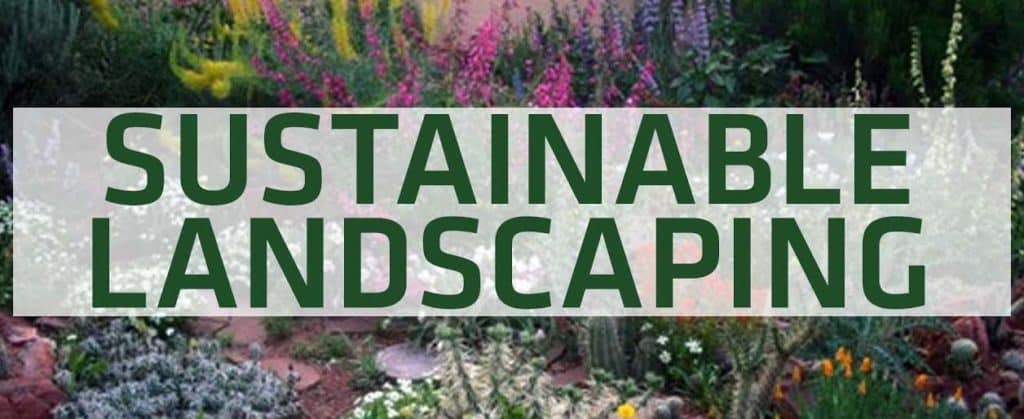
What is Sustainable Landscaping?
Sustainable landscaping is making full use of the environment to provide natural key elements that landscapes require. Meaning the landscape is self-sustaining and no additional outside support is needed. The purpose of this is to reserve our natural resources and to help protect the environment. If detrimental weather hits such as storms and droughts, your landscape can recover itself quickly, with no need for human help.
To identify how sustainable your landscape is, it’s essential to investigate the three primary laws of sustainable landscaping. Ecological, economic, and socio-cultural.
Ecological: This is looking at how well your design matches the local ecology. Making sure plants are being utilized to provide shade and housing to wildlife as well as humans.
Economical: This is looking at how much your landscape maintenance is costing you. It is making full use of natural resources instead of purchasing chemicals to make it look presentable.
Socio-cultural: This is examining how well your landscape reflects you and your neighbors views on your local environment.
The Benefits of Sustainable Landscaping
Apart from becoming environmentally aware, sustainable landscaping has many advantages for owners.
- Cost-effective: Once your landscape can look after itself off its own accord, there is no need to purchase chemicals and maintenance equipment for it. This can save you bundles of money in the long term.
- Fewer pesticides: Utilizing your plants and trees defenses against pests, sustainable landscapes don’t require potent pesticides to survive. This can improve the overall health of your landscaping in Omaha and increase its longevity.
- Less watering: Thanks to the power of a self-sufficient landscape, there is no more need for you to have to water your plants. This is because the garden is designed to provide itself with enough natural water.
- Less laboring: Sustainable landscaping requires little to no extra maintenance, meaning you don’t have to pay anywhere near as much for someone to properly maintain your garden.
- Less exposure: There is less exposure to workers’ claims resulting from the heavy lifting of soil and plant material.
- Grass-cycling or Mulching: Composting and mulching can reinvigorate your lawn by returning organic compounds and nutrients into your grass and soil. This also increases your ground water-holding ability, which in turn conserves water.
Conclusion
Sustainable landscaping is an incredible way to allow mother nature to flourish in all its beauty. It may cost more in the beginning; however, you will be saving money on labor costs and pesticide maintenance. Not only that, but your landscape will become the healthiest it’s been. So why not spend more time enjoying it and less time working on it.
Working with landscaping experts will help you design your dream idea for your landscape in the most cost-effective way. They can also run through the long-term benefits you’ll receive from your garden.
While there is much more to creating a sustainable landscape, the benefits listed here should get you motivated and ready to start.





